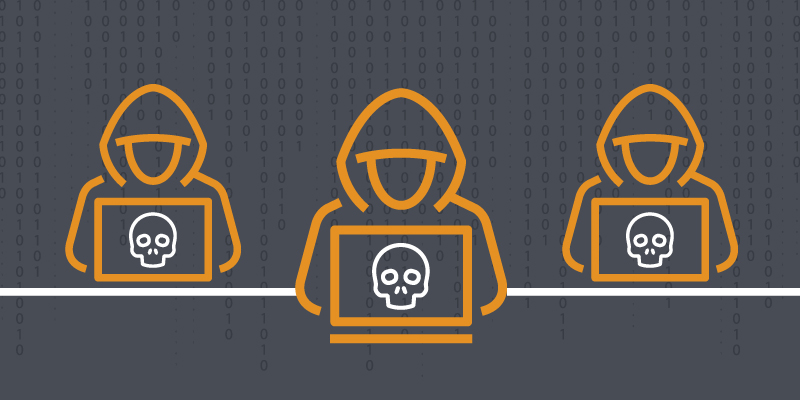One of the reasons why there’s so much cybercrime is because there are so many ways for cybercriminals to exploit vulnerabilities and circumvent even the best defenses. You may be surprised to find that one of the biggest vulnerabilities is users. Many successful attacks could actually be prevented if users just knew what to look for. In that spirit, we put together this blog post to explain the different hacker types and methods they use against us.
For even more tips from Webroot IT security experts Tyler Moffitt, Kelvin Murray, Grayson Milbourne, George Anderson and Jonathan Barnett, download the complete e-book on hacker personas.
The Impersonator
Today’s cybercriminals are masters at exploiting basic human trust. Pretending to be someone else, these hackers manipulate their victims into opening doors to systems or unwittingly sharing passwords or banking details. This type of cybercriminal is skilled at masking their true intentions behind seemingly harmless requests or legitimate-looking websites. Impersonators are increasingly sophisticated, often hosting malicious content on legitimate sites.
The Opportunist
Opportunists exploit common human traits such as trust and familiarity. They rely on targeted or focused attacks, and carry out their crimes against specific businesses or individuals. These hackers thoroughly research their targets, often running tests before launching the actual attack. Opportunists look for existing weaknesses or vulnerabilities they can exploit at scale to pull as many victims as possible into their nets.
The Infiltrator
Infiltrators rely on virtual back doors and unprotected points-of-entry to slip through hidden
cracks. Hiding in the shadows, this type of cybercriminal watches and waits for the opportunity to invade systems. DNS (Domain Name System) is especially vulnerable. Once the criminal redirects internet traffic to malicious websites or takes control of servers, the damage is inevitable.
One of the most common methods of infiltration includes internet-based attacks, such as Denial of Service (DoS), Distributed Denial of Service (DDoS) and DNS poisoning. By default, DNS traffic is unencrypted, allowing internet service providers and other third parties to monitor website requests, surveil browsing habits, and even duplicate web servers to redirect traffic. However, cybercriminals can also use legal DNS traffic surveillance to their advantage.
Cybersecurity Tips for Individuals and Businesses
Aside from arming yourself with the knowledge you need to identify attacks, it’s important to install threat detection and remediation software on your devices. Be sure to update and patch software and firewalls as well as network security programs. You should also be skeptical of any requests for financial information or passwords, and scrutinize all COVID-related emails, links or apps. To learn more tips on how to identify and prevent attacks, download the complete e-book below.







